5 Mistakes to Avoid When Starting Your Homestead
Learn the 5 common mistakes to avoid when starting your homestead.
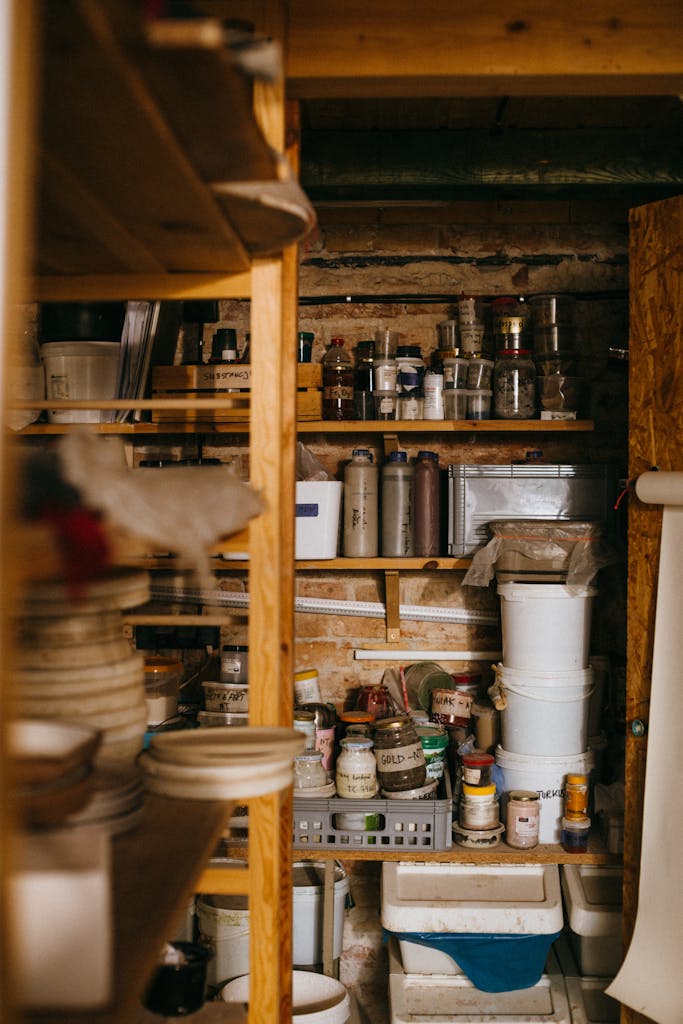
Learning from Common Homesteading Mistakes
Starting a homestead is an exciting journey, filled with the promise of self-sufficiency, fresh produce, and a closer connection to nature. But like any new venture, homesteading comes with a learning curve, and mistakes are all part of the process. Some mistakes, however, can be more challenging than others and may lead to frustration or even burnout. So read along for the 5 mistakes to avoid when starting your homestead.
The good news is that many common homesteading mistakes are entirely avoidable. By learning from those who have gone before, you can save time, energy, and resources, setting yourself up for a smoother, more enjoyable experience. And what doesn’t go right the first time is just a lesson, there’s no failure here. So now, we’ll go over five of the most common mistakes new homesteaders make—and how you can avoid them. Remember, homesteading is about progress, not perfection, so take each step at your own pace and enjoy the journey.
Mistake #1: Taking On Too Much, Too Soon
One of the most common mistakes we make is trying to do everything at once. It’s easy to get excited and want to dive into every aspect of homesteading—gardening, raising animals, preserving food, and more. However, taking on too many projects too quickly can lead to burnout and overwhelm.
The truth is, homesteading is a gradual process. As someone who hyper-fixates on something, this was a struggle for me to grasp. But each new skill you learn takes time, practice, and patience. Starting with too much all at once can stretch your time, energy, and resources thin, leaving you feeling frustrated or discouraged. We’ve all been there, trying to tackle too many things and you end up losing track of something; like when the last time you had something other than coffee to drink.
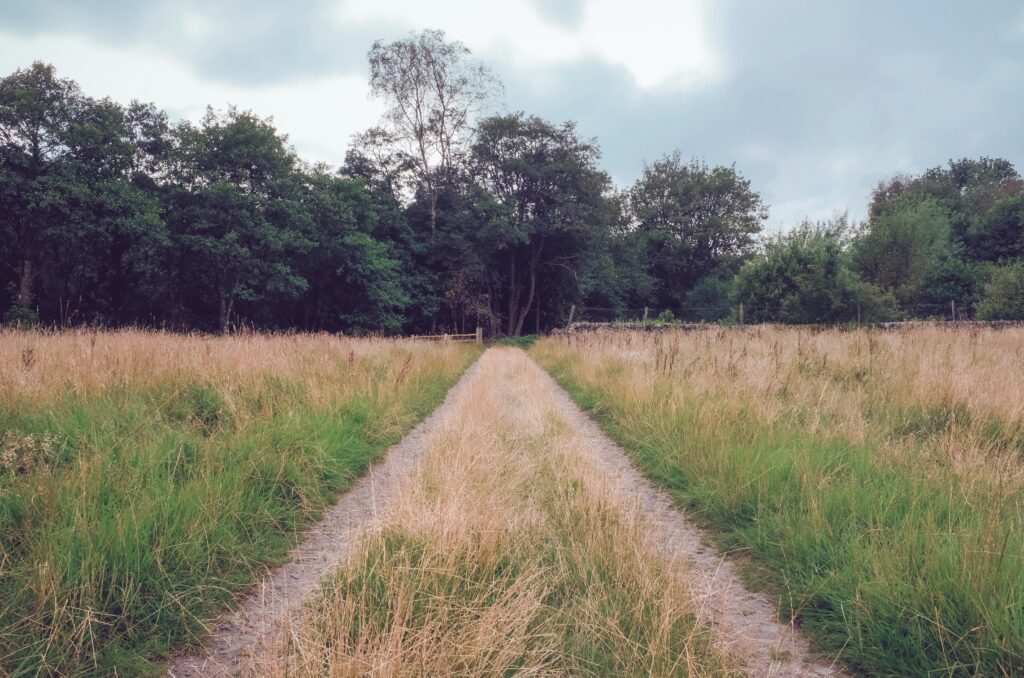
Instead, focus on one or two manageable projects at a time. Maybe start with a small vegetable garden or a few backyard chickens, and build from there. I started with two tomatoes plant and 6 jalapeños plants, I’m not sure why but I was young and reckless at one point. Once you’ve mastered those, you can slowly add more responsibilities as you feel ready.
Homesteading is about creating a sustainable lifestyle, and that includes making sure it’s sustainable for you. By starting small, you can enjoy each step of the journey without feeling overwhelmed.
Mistake #2: Underestimating Time and Effort
Homesteading is a rewarding lifestyle, but it’s also a commitment that requires regular time and effort. Many of us underestimate how much time is needed for even the basics, like gardening, animal care, and food preservation. Tasks that seem simple on the surface—watering plants, collecting eggs, or preserving vegetables—can take more time than expected, especially as you scale up.
It’s essential to recognize that homesteading is a day-to-day commitment. Garden maintenance, for example, isn’t just about planting seeds; it involves regular weeding, watering, pest control, and harvesting. Not to mention, what are you going to do with the food once you’ve harvested it? Similarly, animals need daily feeding, cleaning, and attention to stay healthy. These routines can be manageable but are easy to overlook at first.

To avoid getting overwhelmed, start by assessing how much time you realistically have available each day. Build your homesteading tasks into your schedule and allow room for learning as you go. Over time, you’ll find your rhythm, and the routines will feel more natural. And once you get into that rhythm some tasks may take less time. For example, when I started keeping chickens, I spent hours with them. I thought they were way more fragile than they are. I was worried if I wasn’t there then something would happen. But they pretty much take care of themselves and I can quickly glance at them and know if they need my intervention or not. Homesteading should add joy and fulfillment to your life, so it’s essential to set up a schedule that balances your ambitions with what’s sustainable for you.
Mistake #3: Neglecting Soil and Plant Care Basics
One of the keys to a successful homestead garden is healthy soil, yet it’s often overlooked because we are so eager to plant. I am quite guilty of this, you can watch that here. Soil quality directly impacts the health and productivity of your crops, so understanding basic soil care is essential. Without good soil, plants may struggle to grow, leaving you disappointed and discouraged.

Before you plant, take the time to learn about your soil. Testing your soil’s pH and nutrient levels can give you insights into what it might need—whether it’s compost for organic matter, lime to balance acidity, or sand for better drainage. Building soil health through composting and mulching can also improve its structure, providing plants with the nutrients and stability they need. I know it seems excessive but if you want to avoid the long learning process that I went on, do it.
Another common mistake is planting crops that aren’t well-suited to your climate or soil type. Choosing plants that thrive in your region can save you time and effort and increase your chances of success. If you’re just starting out, opt for beginner-friendly crops like leafy greens, radishes, or herbs, which are often more forgiving and easier to manage.
By paying attention to soil health and selecting the right plants, you’ll create a garden that’s resilient and productive, setting yourself up for homesteading success. You can prepare your garden for planting here.
Mistake #4: Overlooking Financial Costs
Starting a homestead comes with upfront and ongoing costs, which can quickly add up if you’re not careful. We can often overlook the financial side of things, focusing on projects and supplies without a clear budget. Between seeds, tools, animal feed, fencing, and equipment, the expenses can start to feel overwhelming if not planned for.
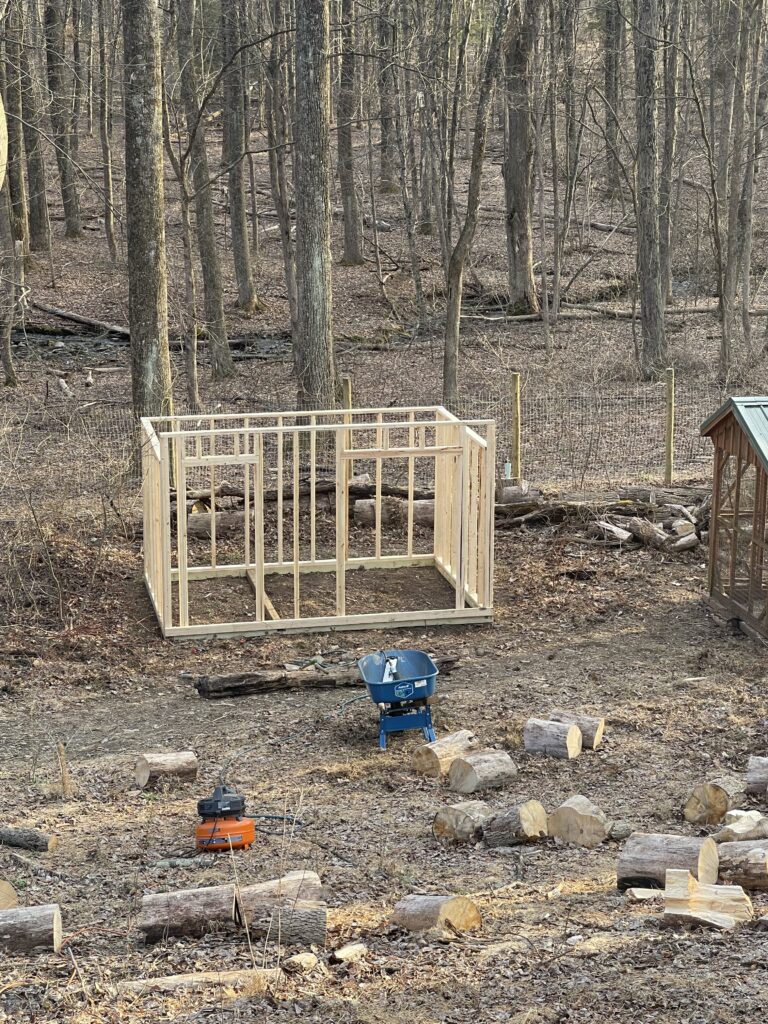
To avoid financial strain, it’s helpful to start by setting a realistic budget for each project. Prioritize essential items first, such as quality tools or seeds, and try to source supplies secondhand whenever possible. Thrift stores, local marketplaces, and homesteading groups often have affordable or even free items to help you get started without overspending. For larger expenses, like chicken coops or garden beds, consider building them yourself using reclaimed materials to save on costs. We got our chicken coop used of Facebook Marketplace, built our goat barn, and fenced in their yard by ourselves to save on cost. The added bonus is that we now have those skills if we need them in the future.
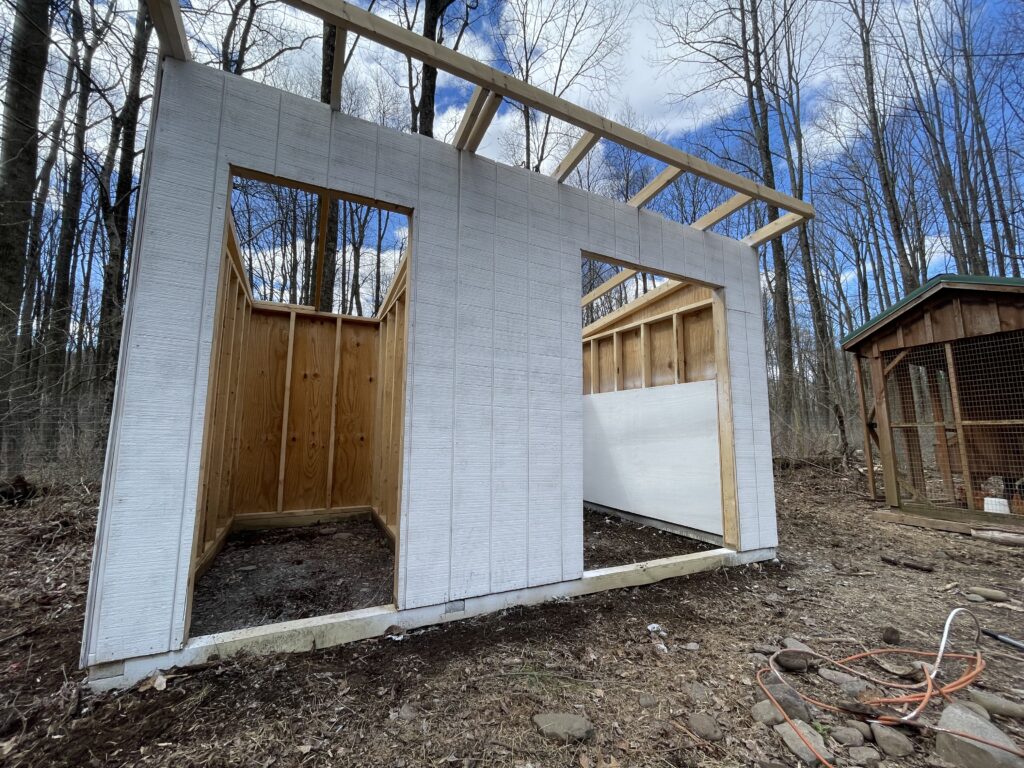
Remember, homesteading is a gradual process, and there’s no rush to buy everything at once. By pacing your purchases and focusing on essentials, you can spread out costs over time and avoid financial stress. A realistic budget allows you to enjoy the rewards of homesteading without feeling stretched too thin.
Mistake #5: Forgetting the Value of Community and Support
Homesteading can sometimes feel isolating, especially if you’re working on your own land, but it doesn’t have to be a solo journey. One common mistake we often make is overlooking the value of community and support. Connecting with others who share similar goals—whether it’s through local groups, online communities, or neighbors—can make homesteading more enjoyable and manageable.
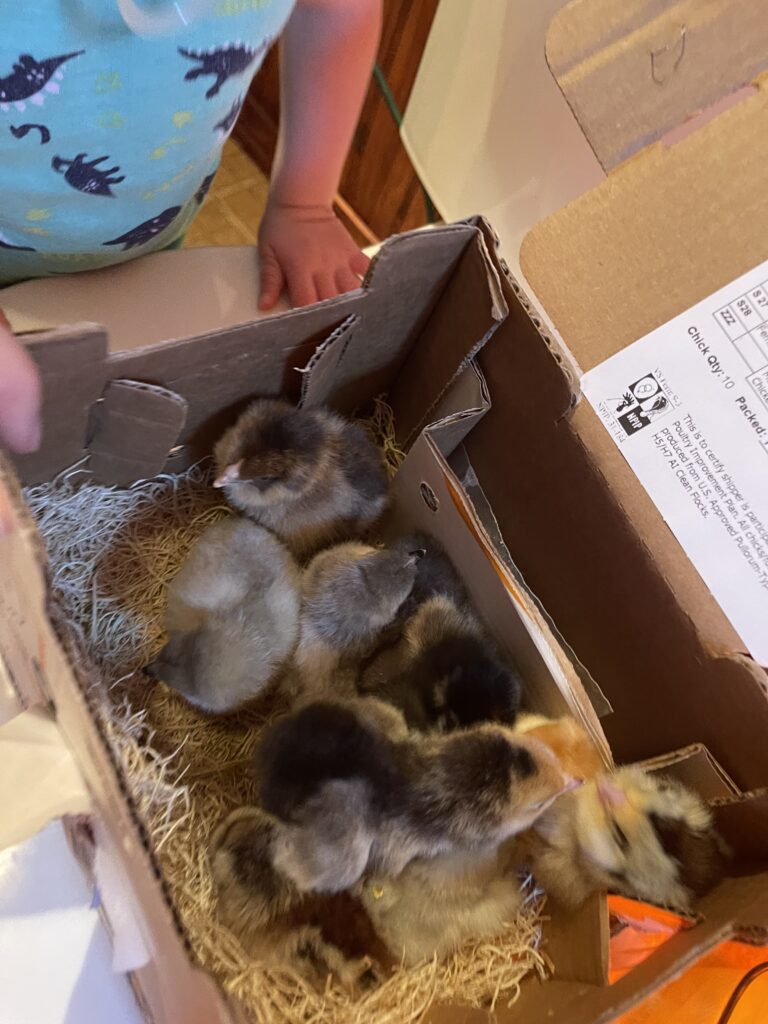
Community offers so much more than just social interaction. Experienced homesteaders are often generous with their knowledge, providing tips, troubleshooting advice, and encouragement that can help you avoid costly or time-consuming mistakes. Local homesteading groups may also have resources to share, from tools to seeds, which can make projects more affordable.
In times when things feel challenging or overwhelming, a supportive community can remind you that every homesteader faces ups and downs. By building a network of like-minded people, you’ll have a circle of encouragement, resources, and wisdom to rely on, making your homesteading journey more rewarding and sustainable.
Embracing the Learning Curve
Homesteading is a journey filled with learning, adapting, and growing. Mistakes are part of the process, but with a little foresight, you can avoid some of the most common pitfalls. By starting small, planning your time and budget, caring for the basics, and connecting with a supportive community, you’ll set yourself up for a more rewarding experience.
Remember, homesteading is about progress, not perfection. Each challenge you face teaches valuable lessons and brings you closer to a self-sufficient, fulfilling lifestyle. Embrace the learning curve, take each step at your own pace, and enjoy the journey of creating a homestead that reflects your goals and values.



